In the lush highlands of southern Ethiopia, a small town called Yirgacheffe has carved out a reputation as one of the world’s most celebrated coffee-growing regions. The name itself evokes images of misty mountains, fertile soil, and the birthplace of some of the most complex and aromatic coffee beans known to connoisseurs. Yirgacheffe coffee is not just a product; it’s a story of tradition, terroir, and the meticulous care of generations of farmers who have perfected their craft over centuries.
The unique characteristics of Yirgacheffe coffee stem from its high-altitude growing conditions, typically between 1,700 and 2,200 meters above sea level. The cool climate, combined with ample rainfall and rich, well-drained soil, creates an ideal environment for coffee plants to thrive. Unlike mass-produced commercial coffees, Yirgacheffe beans are often grown under the shade of indigenous trees, which not only protects the delicate plants but also enhances the beans’ nuanced flavors. This method, known as shade-grown cultivation, contributes to the coffee’s distinctive floral and citrus notes, setting it apart from other African coffees.
One of the defining features of Yirgacheffe coffee is its processing method. The majority of beans from this region are washed, a technique that involves removing the cherry’s pulp before drying the beans. This process results in a cleaner, brighter cup profile with pronounced acidity and a tea-like body. The washed Yirgacheffe is often described as having flavors of bergamot, jasmine, and lemon, with a lingering sweetness that lingers on the palate. In recent years, natural (sun-dried) and honey-processed Yirgacheffe coffees have also gained popularity, offering deeper fruitiness and a heavier mouthfeel, yet still retaining the region’s signature elegance.
The cultural significance of coffee in Yirgacheffe cannot be overstated. Coffee ceremonies are a cornerstone of Ethiopian social life, and in Yirgacheffe, these rituals are performed with particular reverence. The process—roasting green beans over an open flame, grinding them by hand, and brewing them in a traditional clay pot called a jebena—is a communal experience that underscores the deep connection between the people and their land. For many farmers, coffee is more than a cash crop; it’s a symbol of heritage and pride.
Despite its global acclaim, Yirgacheffe’s coffee industry faces challenges. Climate change, fluctuating market prices, and the encroachment of large-scale farming threaten the delicate balance that sustains the region’s smallholder farmers. Many rely on cooperatives to pool resources and gain access to international markets, ensuring fair wages and sustainable practices. Organizations like the Yirgacheffe Coffee Farmers Cooperative Union have been instrumental in promoting direct trade and organic certification, empowering farmers to preserve their way of life while meeting the demands of discerning consumers worldwide.
For coffee enthusiasts, experiencing Yirgacheffe is a revelation. Whether brewed as a pour-over, espresso, or cold brew, the coffee’s vibrant acidity and layered flavors shine through. Specialty roasters often highlight single-origin Yirgacheffe lots, allowing drinkers to explore the subtle variations between micro-lots and harvest seasons. It’s a coffee that invites contemplation, each sip revealing new dimensions—a testament to the land and people who bring it to life.
As the specialty coffee movement continues to grow, Yirgacheffe remains a beacon of quality and tradition. Its beans tell a story of resilience, craftsmanship, and the unbreakable bond between nature and culture. For those who seek more than just caffeine, Yirgacheffe offers a journey—one that begins in the highlands of Ethiopia and ends in the cup, rich with history and flavor.

By /May 26, 2025
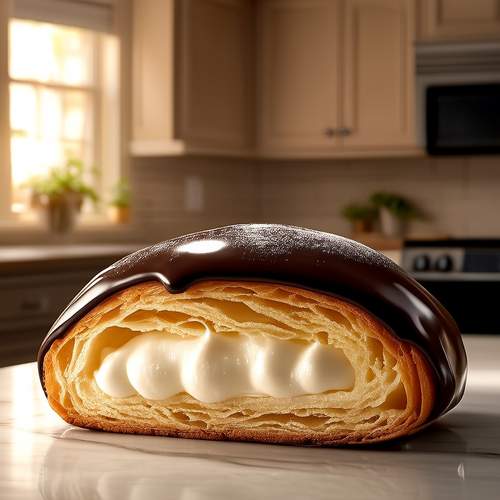
By /May 26, 2025
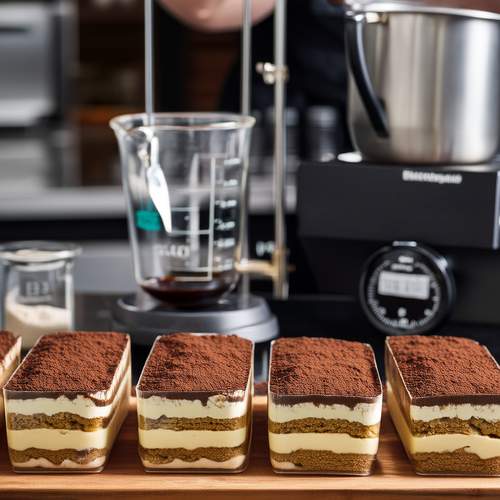
By /May 26, 2025
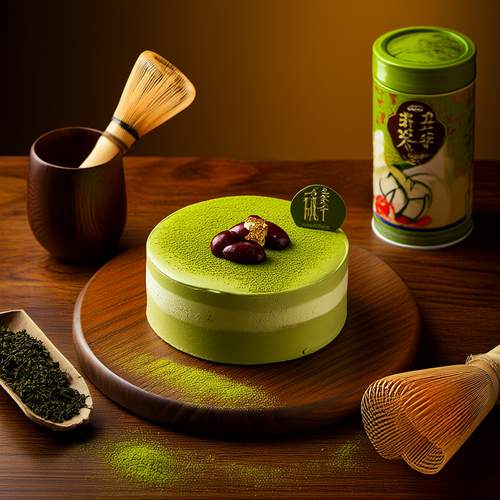
By /May 26, 2025
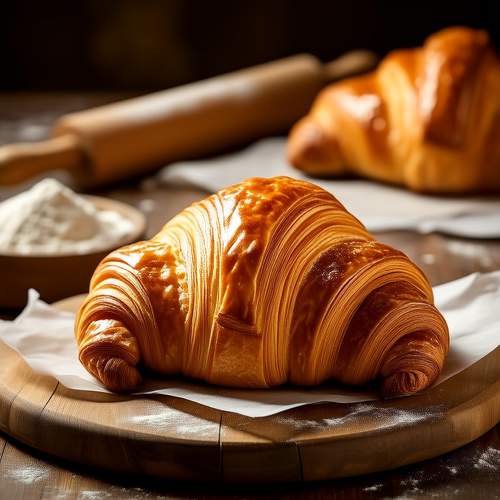
By /May 26, 2025

By /May 26, 2025

By /May 26, 2025
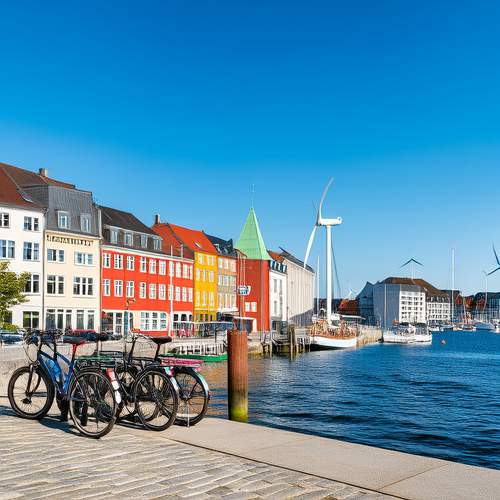
By /May 26, 2025
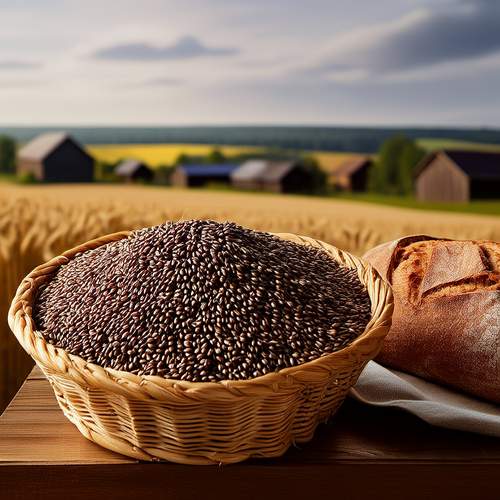
By /May 26, 2025

By /May 26, 2025
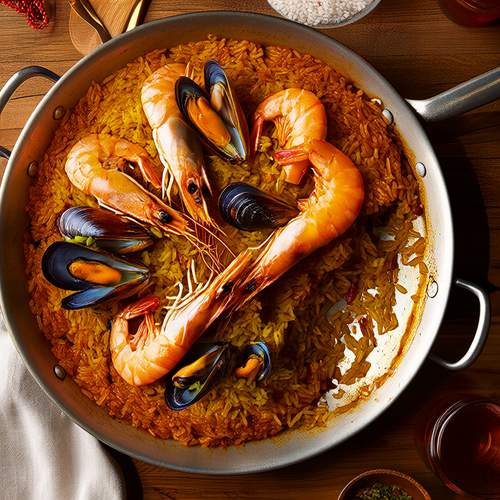
By /May 26, 2025
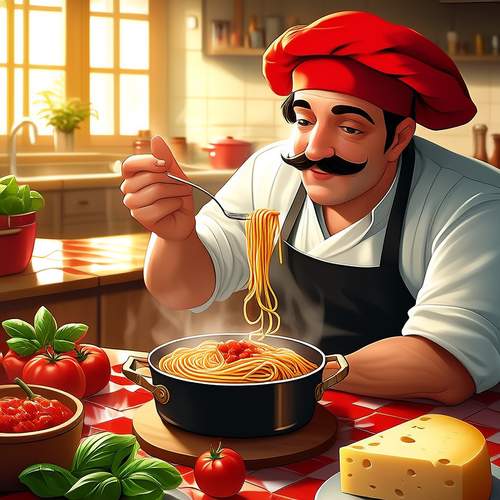
By /May 26, 2025
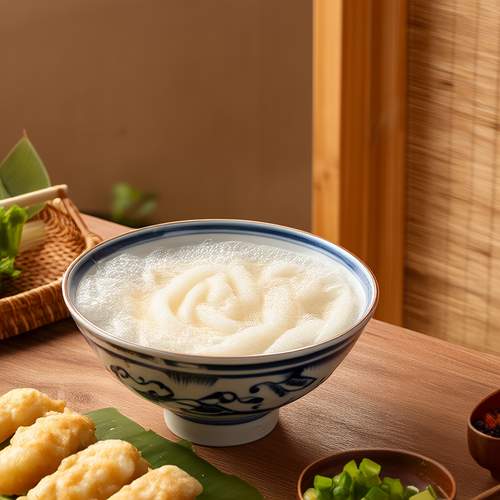
By /May 26, 2025
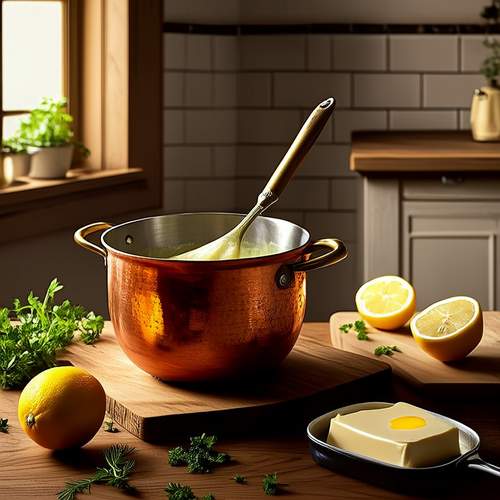
By /May 26, 2025

By /May 26, 2025

By /May 26, 2025
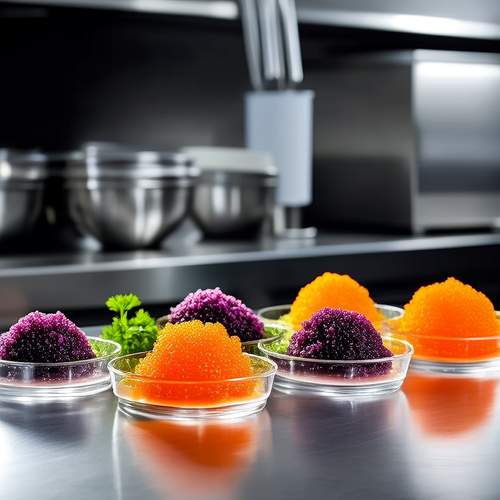
By /May 26, 2025
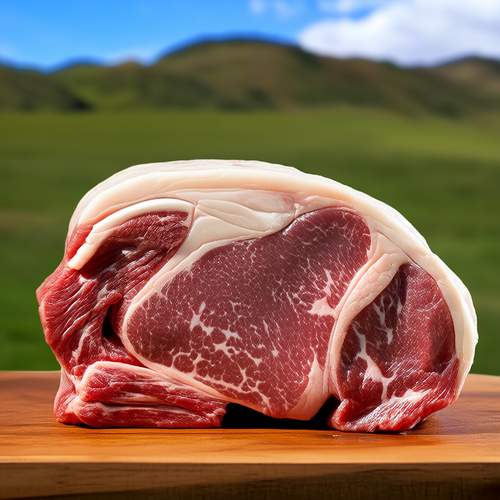
By /May 26, 2025
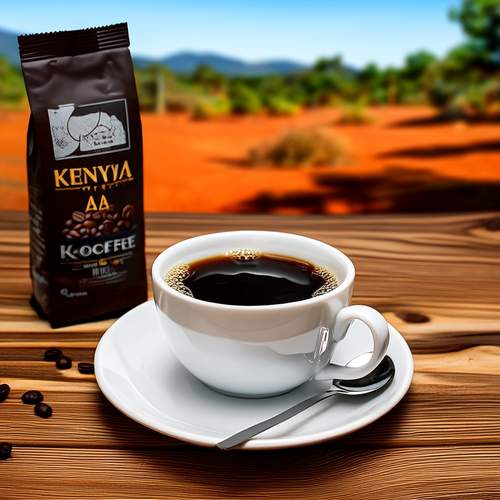
By /May 26, 2025
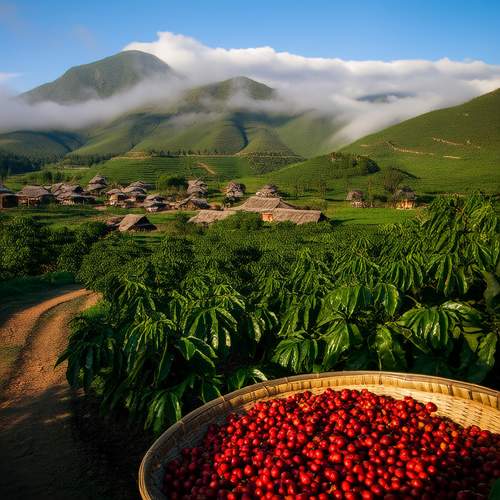
By /May 26, 2025